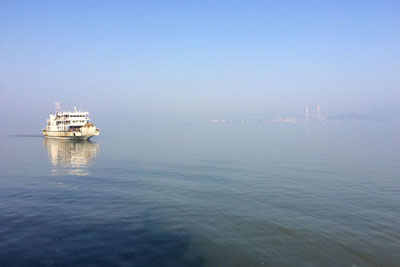The situation in China
The origin of water in China
China's water comes mostly from aquifers and surface sources.
The country is gearing up its technological capabilities for desalination (i.e. removing salt from seawater) on a grand scale. China is rapidly becoming one of the world's biggest growth markets for desalted water. The latest goal is to quadruple production by 2020. However, this technology requires vast amounts of energy.
Availability
While the south of China has a relatively high water supply, the densely-populated north is arid and short of water, receiving only 20 per cent of the country’s water supply .
Water shortages in Chinese cities
Numerous Chinese cities face seasonal water shortages, and over 100 cities experience severe water constraints.
Beijing has less than 100 cubic metres per person and year available, and has overdrawn its groundwater supply for many years.
Available water per person: China similar to Tanzania
China’s rate of renewable water per person and year is low by international comparison at 2,060 cubic metres in 2011, putting it on a par with Afghanistan, Niger and Tanzania.
China is already facing challenges to supply sufficient good-quality water to its people. Arid yet densely populated areas invariably suffer from very little water being available per person.
Looking into the future, China’s main challenges regarding water can be summarised as growing demand, and decreasing supply.
Growing demand for water:
Demand for water is rising due to a growing population and urbanisation as well as rapid economic growth. By 2020, China’s water use is expected to have increased dramatically. This is driven in large part by a projected increase in coal-fired power production.
Diminishing potable water supply in China:
Many rivers in China have disappeared since the 1950s, others are polluted.
The supposedly water-rich South which supplies water to the North as part of the South-North Water Transfer project is already experiencing shortages. Climate change is expected to lead to warming in the Himalayas, so less water will reach rivers in China.



